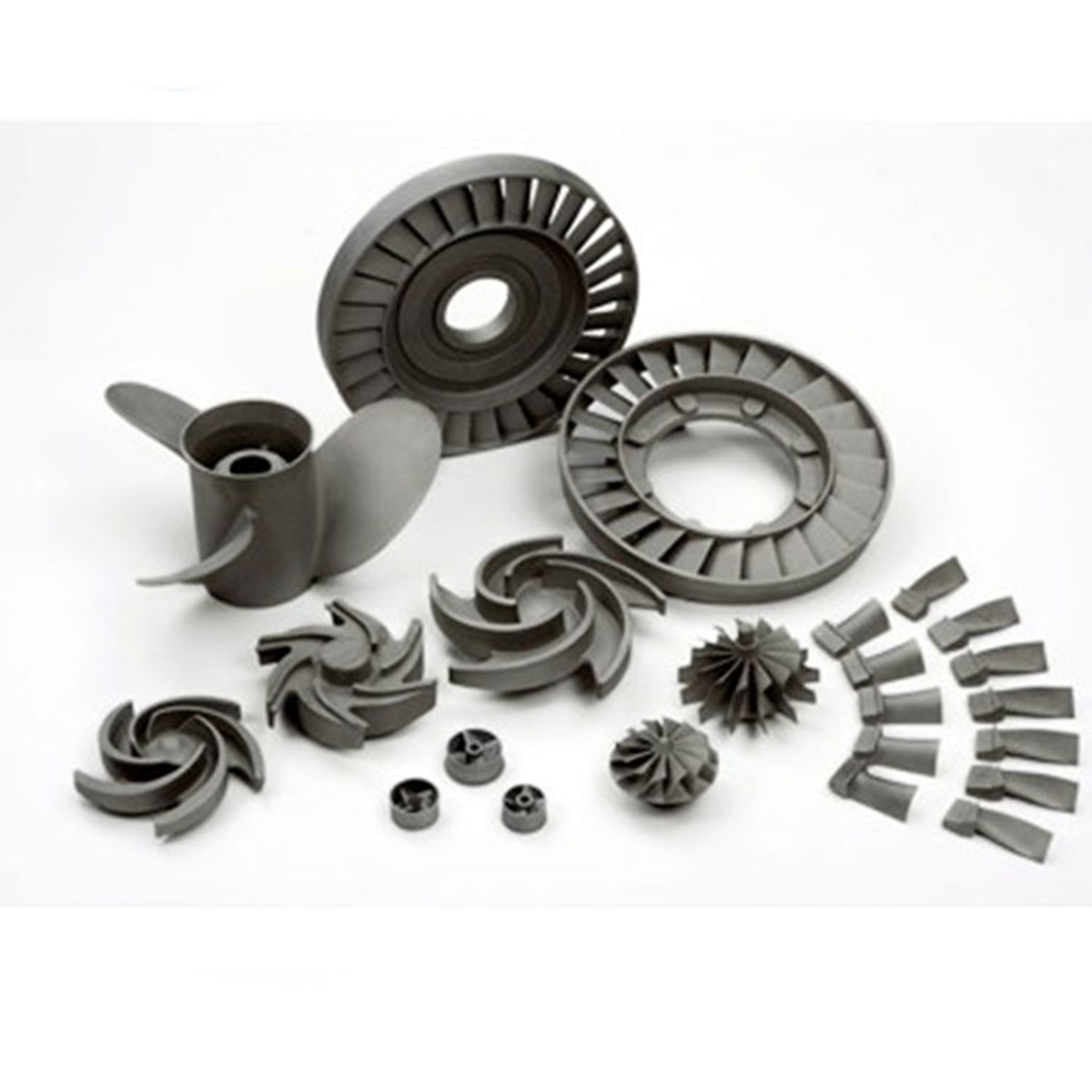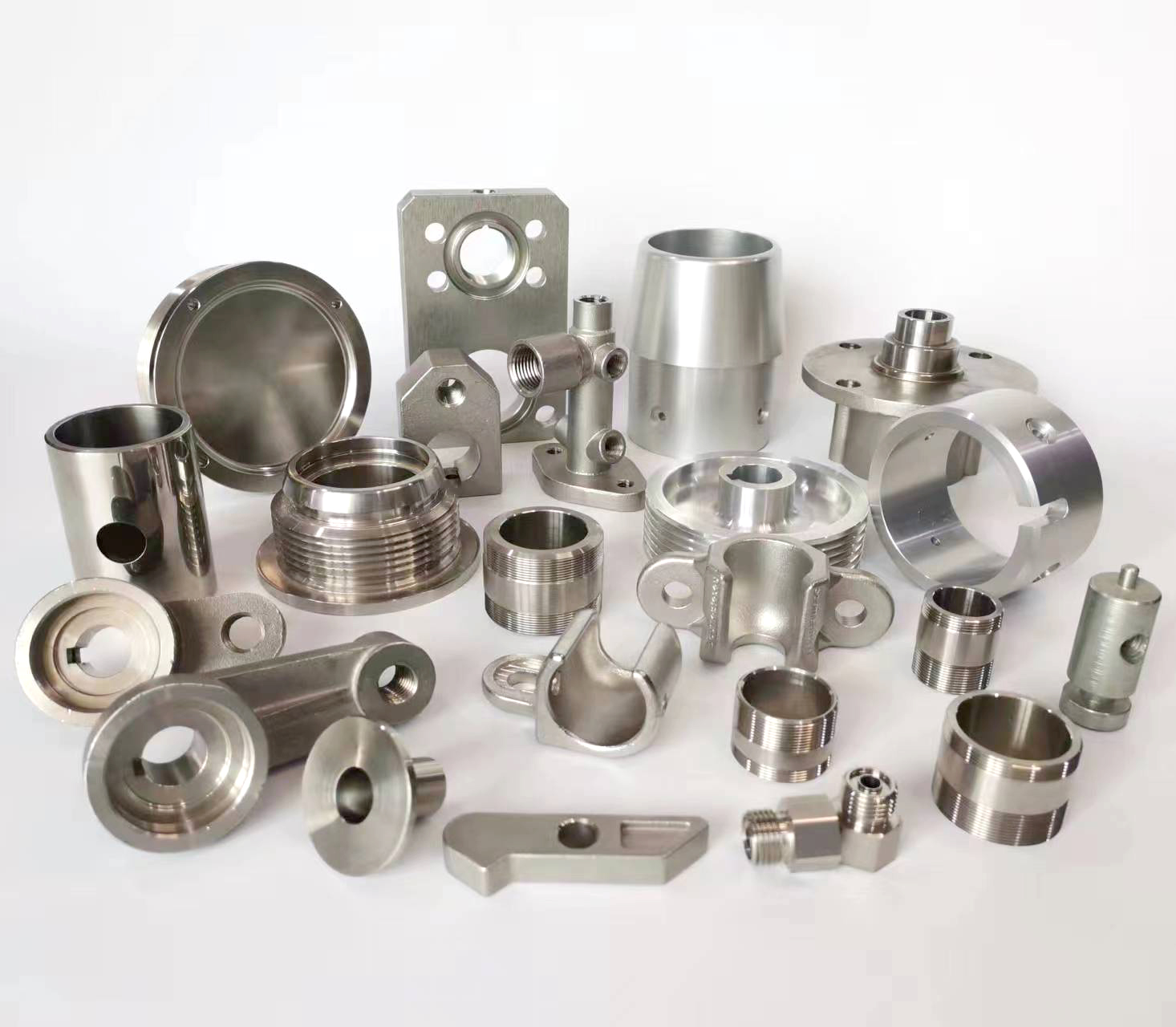
The mechanical properties of a metal define how it reacts when subjected to mechanical forces and loads. These properties are crucial for engineers and designers to select the right material for a specific application, ensuring performance, safety, and reliability.
Here are the key mechanical properties:
1. Strength
Strength is the ability of a metal to withstand an applied load without failure or permanent deformation. It is not a single property but is categorized into several types:
Tensile Strength: The maximum stress a material can withstand while being stretched or pulled before necking (where the cross-section starts to locally narrow). It is often the most cited property.
Yield Strength: The stress at which a material begins to deform plastically. Beyond this point, the deformation will be permanent even after the load is removed. This is often a more critical design criterion than tensile strength.
Ultimate Tensile Strength (UTS): The absolute maximum stress the material can sustain during the tensile test.
Compressive Strength: The capacity of a material to withstand loads tending to reduce its size. It is critical for structures like columns and building foundations.
Shear Strength: The ability of a material to resist forces that cause its internal structure to slide against itself. It is vital for bolts, rivets, and beams.
2. Hardness
Hardness is the resistance of a metal to localized plastic deformation, typically indentation, scratching, or wear. It is often correlated with strength and wear resistance. Common tests include:
* Brinell Hardness Test: Uses a hard ball indenter.
* Rockwell Hardness Test: Measures the depth of penetration under a large load compared to the penetration made by a preload.
* Vickers Hardness Test: Uses a diamond pyramid indenter, suitable for a wide range of materials.
3. Stiffness (Elastic Modulus)
Stiffness, measured by Young’s Modulus (E), is a measure of a material’s resistance to elastic deformation under load. A high stiffness (high Young’s Modulus) means the material is rigid and will deflect less under a given load. It is a fundamental property determined by the atomic bonds and is largely unaffected by heat treatment or microstructure.
4. Ductility
Ductility is the ability of a material to undergo significant plastic deformation before fracture. It is typically measured by the percent elongation or percent reduction in area in a tensile test. Highly ductile metals (e.g., copper, gold) can be drawn into wires.
5. Malleability
Similar to ductility, malleability is the ability of a material to be deformed under compressive stress without cracking, such as by hammering or rolling into thin sheets.
6. Toughness
Toughness is the ability of a material to absorb energy and plastically deform without fracturing. It is the total area under the stress-strain curve. A tough material is strong and ductile. It is a critical property for components that experience impact or shock loads.
* Notch Toughness: Often measured using Charpy or Izod Impact Tests, where a notched sample is struck by a pendulum hammer, and the energy absorbed is measured.
7. Brittleness
A brittle material exhibits little or no plastic deformation before fracture. It is the opposite of toughness. Brittle materials (e.g., cast iron, hardened steel) have high strength but low impact resistance and can fail suddenly.
8. Fatigue Strength
Fatigue strength is the highest stress a material can withstand for a given number of cyclic loads without failing. Metal fatigue is a common cause of failure in components subjected to repeated loading and unloading (e.g., aircraft wings, axles, springs). The Endurance Limit is a stress level below which the material can theoretically endure an infinite number of cycles.
9. Creep Strength
Creep is the slow, permanent deformation of a material under a constant mechanical stress, typically at high temperatures (above ~0.4 of its melting point, in Kelvin). Creep strength is the stress that will cause a given amount of creep deformation in a specified time at a constant temperature. It is vital for components in jet engines, turbines, and nuclear reactors.
10. Resilience
Resilience is the ability of a material to absorb energy when it is deformed elastically and to release that energy upon unloading. The modulus of resilience is the area under the stress-strain curve up to the yield point. It is important for springs and other energy-storing components.





